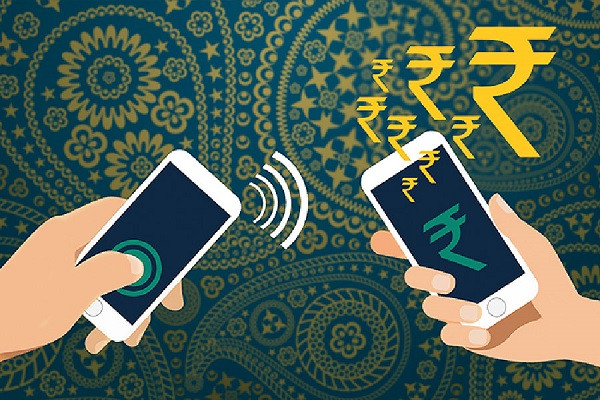India Takes Center Stage in Digital Payment Landscape, Spearheading the Transition to a Cashless Economy

IIE Digital Desk: India has emerged as a dominant player in the digital payment realm, propelling the nation towards a cashless economy, according to the government. The Center has lauded India's remarkable progress in revolutionizing the payment landscape and highlighted its leading role in driving the adoption of digital transactions. With the rapid advancement of technology and the widespread availability of smartphones, India has witnessed a significant surge in digital payment transactions. The government's push for financial inclusion, coupled with various initiatives such as the Unified Payments Interface (UPI), Aadhaar-enabled Payment System (AePS), and BHIM (Bharat Interface for Money), has laid a solid foundation for a cashless economy.
India's remarkable achievements in digital payments are underscored by the fact that the country recorded over 4 billion UPI transactions in May 2023 alone, surpassing previous records. This milestone reflects the growing acceptance and convenience of digital payment methods among Indian consumers and businesses. The shift towards digital payments has not only transformed the way financial transactions are conducted but has also played a crucial role in promoting transparency, reducing reliance on cash, and curbing the circulation of counterfeit currency. Additionally, digital payments have enabled seamless transactions, quick fund transfers, and enhanced financial access for millions of unbanked and underbanked individuals.
The government's recognition of India's prowess in the digital payment sector is a testament to the concerted efforts made by various stakeholders, including financial technology companies, banks, and regulatory authorities. Collaborative initiatives and policy interventions have played a pivotal role in nurturing an ecosystem conducive to the growth of digital payments. However, challenges remain, such as addressing concerns related to cybersecurity, ensuring data privacy, and bridging the digital divide across rural and urban areas. Efforts must continue to create a robust infrastructure, enhance consumer awareness and trust, and strengthen the regulatory framework to safeguard the interests of all stakeholders.
India's domination of the digital payment landscape has not only garnered attention domestically but has also attracted global recognition. The country's success in revolutionizing its payment ecosystem serves as an inspiration and a potential model for other nations seeking to embark on a similar journey toward a cashless economy. I will continue to monitor the advancements in India's digital payment space, highlighting key developments, regulatory changes, and market trends. Stay tuned for the latest updates on India's journey toward becoming a cashless economy and its impact on businesses and consumers alike.
You might also like!
















